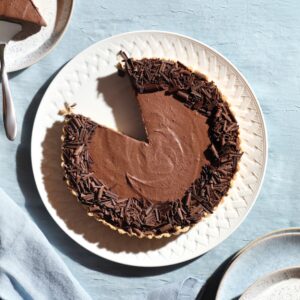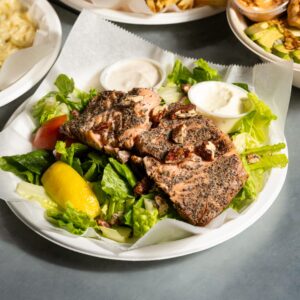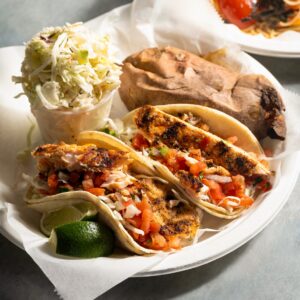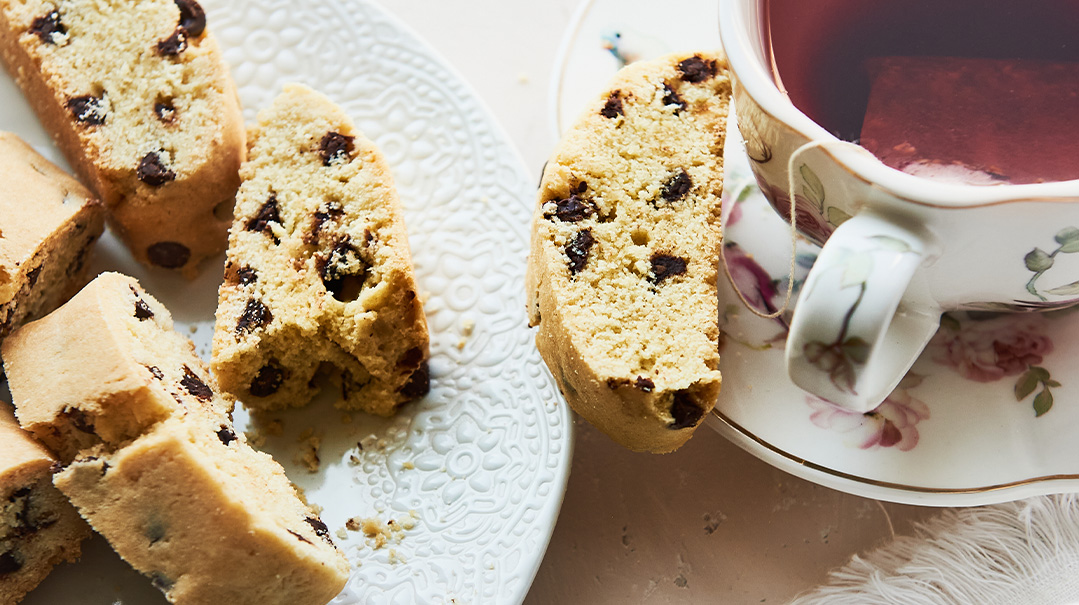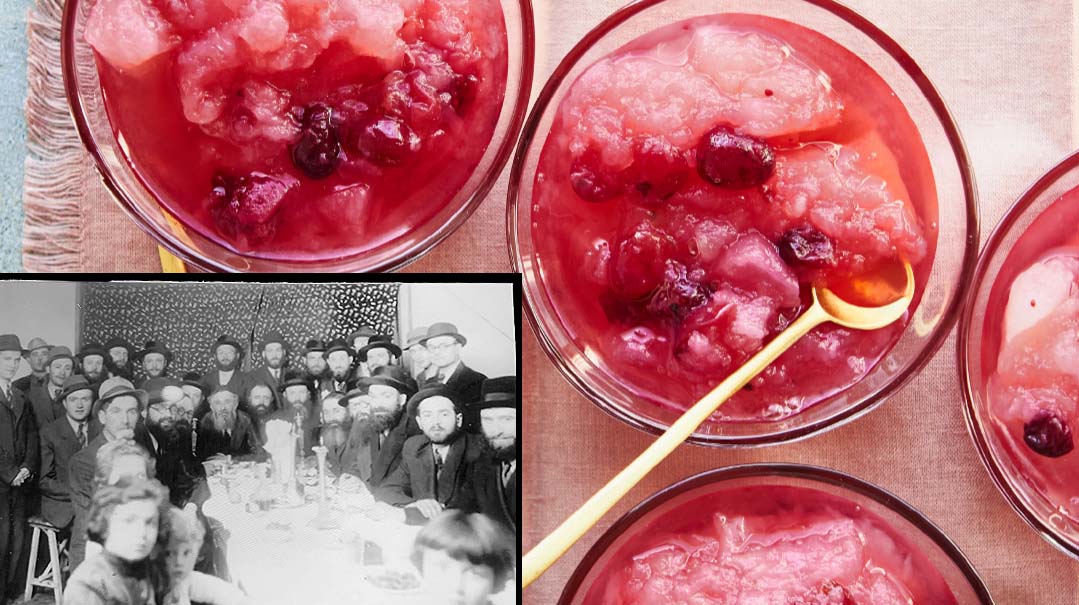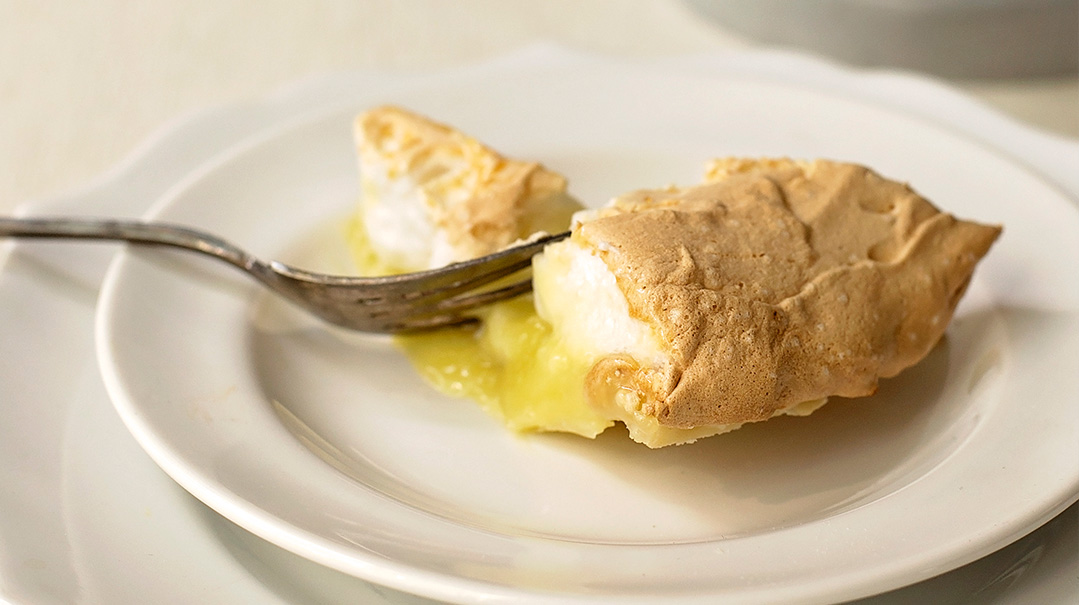A Link in the Sanz/ Hornosteipel Dynasty
| April 11, 2022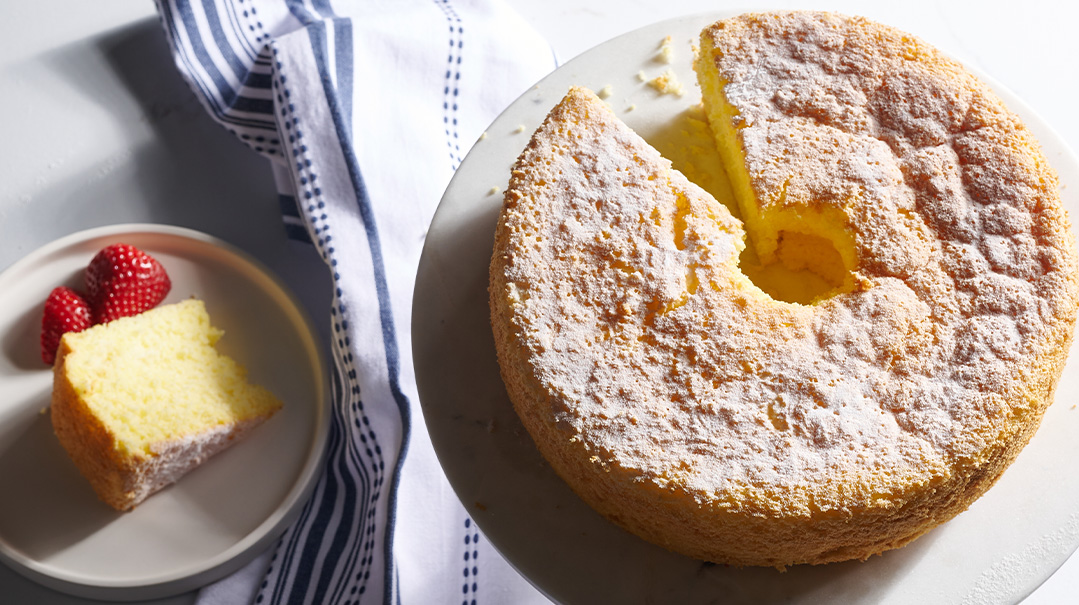
Styling and Photography by Hudi Greenberger
Rebbetzin Devorah Leah Twerski, a”h
The Hornosteipler Rebbetzin of Milwaukee
When we envision rich chassidish dynasties, what comes to mind are concentrated areas where Yidden are clustered — Eretz Yisrael, Europe of yesteryear, Boro Park — certainly not Milwaukee, Wisconsin, known for its dairy products and breweries. But I was personally privy to the knowledge that Milwaukee hosted a gem from a young age, as my father and his siblings grew up near the Twerskis’ community in the ’50s and ’60s. It was a joy to hear more about this incredible family and to watch a video interview with Rebbetzin Devorah Leah (Halberstam) Twerski recorded many years ago for the Milwaukee Jewish Museum.
Devorah Leah Halberstam was the oldest daughter of the Kedushas Tzion of Bobov, Rabbi Bentzion, Hy”d, and Rebbetzin Chaya Fradel Halberstam, as well as the sister of Rebbe Shlomo of Bobov. After she married Yaakov Yisrael Twerski, they spent their early married years in Kraków, where their eldest two sons were born. Devorah Leah and Yaakov Yisrael were both descendants of Sanz and Hornosteipel. Interestingly, the ancestors they were named after were also a married couple.
After World War I, the Twerskis traveled to Antwerp,Belgium, and in 1927, Rav Yaakov Yisroel left to America. He started off in New York, but, seeing it as materialistic and destructive, he wanted to settle in a quieter city. Since his cousin had a shul in Chicago and he didn’t want to create competition, he relocated to Milwaukee.
The Rav became the spiritual leader of Anshei S’fard, which began as a shtibel in his home and later moved to a beautiful shul with two levels and a balcony for the women. It took a year for the Rav to obtain affidavits for his wife and two young sons to join him in America, the three of them finally arrived in Milwaukee after Shavuos of 1928. Their first American-born son was Shea, or Avraham
Yehoshua, who later became the well-known frum psychiatrist and author.
Loving Parents to Their Community
The young Rebbetzin Twerski became a mother to the women in the community, and the Rav became a father figure to the men. Their congregants had mostly immigrated to the US from Russia or the Ukraine. A significant number of them had been to Hornosteipel to visit the Rebbe, and shared with the Twerskis stories of how those visits changed their lives.
Many in the community felt so close to the Twerskis that they called them “Abba” and “Ima.” “The warmth that emanated from my grandparents was like an emotional hug,” says granddaughter Rochel Spitz. “When my grandmother passed away, one of the women who spent a lot of time in her home said, ‘I didn’t just call her my Ima — she was truly a mother to me.’” The Rav and Rebbetzin attended to their members’ emotional, spiritual, and physical needs.
In fact, shares Rochel, several years ago, a young chassid moved to Milwaukee. Before Succos, he went to Home Depot to buy succah materials, and as he was explaining to a store associate what he needed, the man said, “Oh, you want a succah! Are you part of Rabbi Jacob Twerski’s synagogue?” The chassid listened in awe as this secular-looking man told him that as a young boy, he would go with his father to get a brachah from Rav Twerski. “We weren’t religious, but we would go in to see the rabbi, and when we left I felt a foot taller.”
Food for Body and Soul
Every Sunday, the Twerski grandchildren would go to Bobby and Zaidy’s house. Lunch would be corn soup, salmon patties, and spaghetti “with or without” (ketchup) — it was a tradition.
“Bobby was a big tea drinker,” her granddaughter says. “She would sit with us as we told her what was going on in our lives, and she would tell us stories. As she reminisced about the past, we could see in her eyes that she was seeing something else, a different era and the holy people she had known so well.”
Rebbetzin Twerski made all kinds of traditional foods. In an interview with community member Howard Karsh, she was asked about the well-known Twerski hospitality. Laughing, the Rebbetzin replied, “Yes, I have very big pots — they’re still in the basement!”
“She made such delicious food,” her granddaughter reminisces. “People still call me for her sponge cake recipe, it was so light.” With the help of women from the community, she would prepare massive batches of homemade gefilte fish in her basement. Much of it was distributed, and the rest was frozen in cardboard packages. Before Yom Tov, she would prepare stuffed cabbage, strudel, and many other delicacies.
Rav Yaakov Yisrael was makpid on chalav Yisrael milk. As there was nothing available in Milwaukee at that time, he would go to a local farm to watch the cows being milked and bring home the milk in cans. The milk cans were kept in the Twerskis’ basement, where the family would skim off the top and use both the cream and the milk.
Lichtbentshen and Tefillah
In the Twerski family, girls bentch licht from the age of bas mitzvah. Pre-World War I, most chassidish girls had this minhag, but candles were harder to come by during the war years, so the minhag petered out. When the granddaughters in the next generation turned 12, candles were easily available, and they resumed the minhag of bentching licht. Rochel Spitz remembers celebrating her twelfth birthday in the Rebbetzin’s home, and that it was a very emotional time for her grandmother, since her grandfather had just passed away.
Rebbetzin Twerksi always wore her mother’s tichel for lichtbentshen, together with a white apron. She recited Shacharis, Minchah, and Maariv daily, as well as many kapitlach Tehillim. Yet when a granddaughter once commented, “Bobby, I feel so guilty that I don’t say all the tefillos!” her grandmother replied, “You think I did this when my children were younger? A mother is supposed to take care of her children!”
At the Rebbetzin’s Table
The Rav and Rebbetzin hosted many people from all backgrounds at their Shabbos table. Rebbetzin Devorah Leah was very tolerant of others. Her contemporaries had thrown many halachos and minhagim overboard, but she never involved herself in how much other people kept or followed — she loved and accepted them all the same, with no judgment.
Her Friday-night menu each week was invariably homemade challah, chicken soup with knaidlach, gefilte fish, chicken, potato kugel, and salt-and-pepper kugel (“primarily oil, with some lokshen and lots of salt and pepper,” recalls a granddaughter fondly).
For Shabbos lunch, the first course was eyer (eggs) with tzvibel (onions). The previous Bobover Rav, the Kedushas Tzion, would mash his own eggs with oil, and many of his descendants carried on that minhag. He would hum a special niggun while doing this, and it was a very spiritual time (the minhag is purported to come from Sanz). After this course came a Polish cholent (mostly potatoes), farfel, and carrot tzimmes. The Rebbetzin told her grandchildren that when they had to leave Bobov, her father was mevater on many of the foods that were part of their minhag, but he wasn’t mevater on the tzimmes.
Shalosh Seudos was served communally, in the shul, and everyone gathered to sing zemiros over a meal of challah and herring. The same niggunim are still sung in the shul today, although the one or two tables that were occupied then have turned into many, many more as the Milwaukee heimish community has grown tremendously.
“She Remembers More Than I Do!”
After Rav Yaakov Yisrael passed away in 1973, his son Rav Michel Twerski, who took over his kehillah, would visit his mother every morning, and she served him homemade oatmeal cookies. Rav Michel was fulfilling the mitzvah of kibbud av v’eim, while Rebbetzin Devora Leah was concerned with making sure her son didn’t skip breakfast! In those years, she would go to Rav Michel and his wife, Rebbetzin Feige, for Shabbos. Sitting next to Rav Michel at the Shabbos table, she enjoyed the zemiros immensely, and she was in ecstasy when someone sang one of her father’s niggunim.
“My grandmother never had a formal education,” explains Rochel Spitz. “Her father didn’t send her to the new Bais Yaakov, and he certainly didn’t want to send her to the Polish schools. She was self-taught in Chumash, Rashi, seforim, and classic literature, which she always read in the original language, including Shakespeare in English and Hess in German.”
At her son’s Shabbos table, she would listen to the divrei Torah, compliment them, and then gently add something connected that she had seen in a sefer. “She was absolutely brilliant,” Rochel notes. When the Rebbetzin was studying for her citizenship, she had to memorize Longfellow’s “A Psalm of Life,” which she was able to recite many decades later, in her 90s.
In her later years, the Rebbetzin was challenged with illness and having difficulty with short-term memory. Her brother, the Bobover Rav, came to visit her in Milwaukee. The family warned him that she might not remember things so clearly, but he commented after visiting with her, “She remembers more than I do!”
Rebbetzin Devorah Leah Twerski passed away on the 29th of Sivan, 1996. Every moment of her life she was busy planting seeds of love, encouragement, and giving, and her legacy remains with her hundreds of descendants, both through birth and through friendship.
Howard Karsh’s full video interview with Rebbetzin Devorah Leah Twerski can be found in the Milwaukee Jewish Museum archives.
Rebbetzin Devorah Leah Twerski’s Pesach Sponge Cake
- 9 eggs, separated
- 1 cup sugar
- ¾ cup potato starch
- juice of ½ lemon
Preheat oven to 350°F (175°C).
Beat egg whites and sugar until stiff. In a separate bowl, mix yolks with potato starch and lemon. Slowly fold the yolk mixture into the beaten egg whites. Pour mixture into a tube pan and bake for approximately 40–50 minutes until light brown.
(Originally featured in Family Table, Issue 789)
Oops! We could not locate your form.


